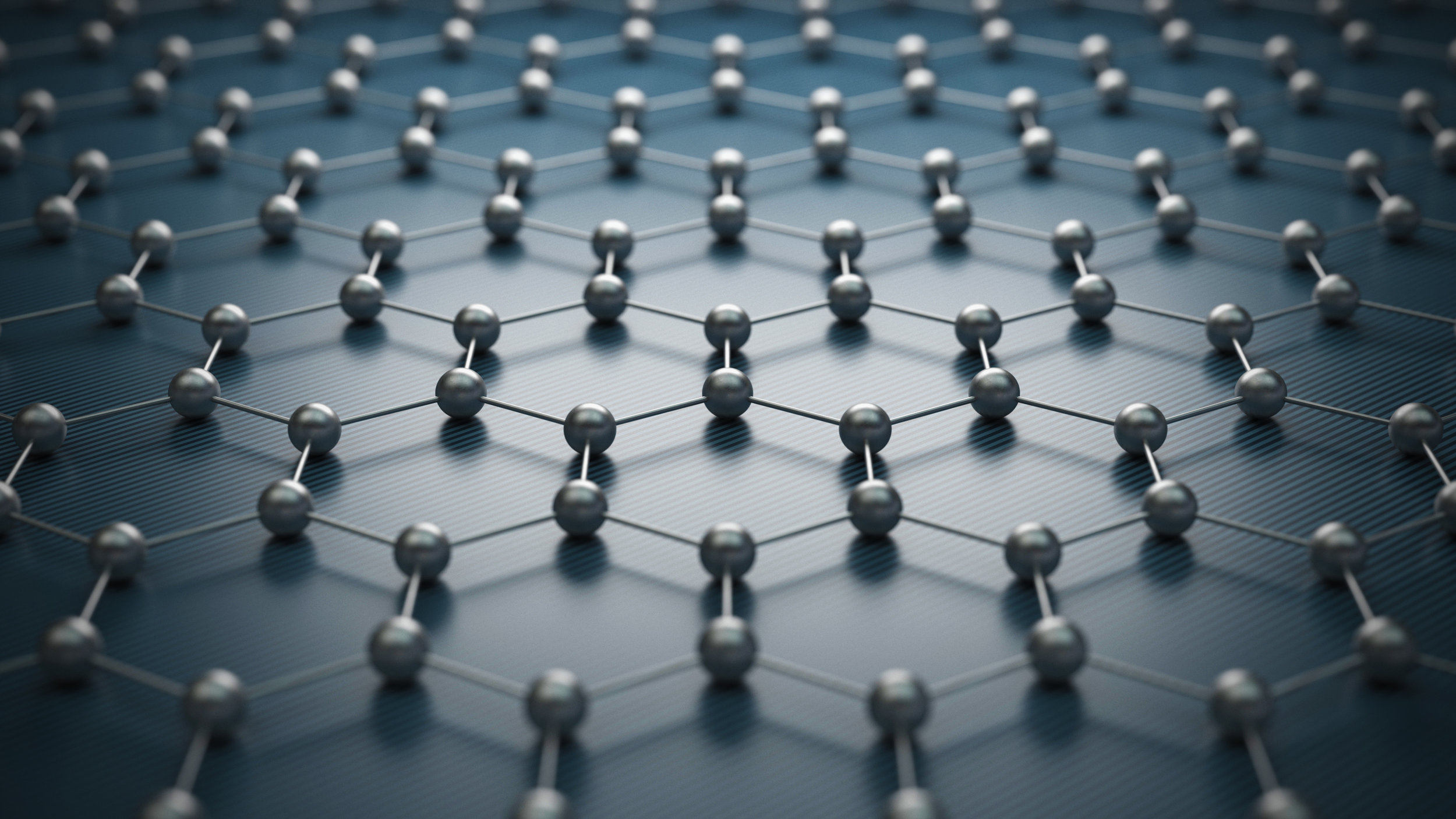Scientists Develop Fire-Resistant Inorganic Paper

The research team led by Prof. Ying-Jie Zhu from Shanghai Institute of Ceramics, Chinese Academy of Sciences developed a new kind of fire-resistant inorganic paper.
As early as in 2014, the team successfully prepared a new kind of fire-resistant inorganic paper made from ultralong hydroxyapatite nanowires featuring high flexibility, high biocompatibility, and high thermal stability (B. Q. Lu et al., Highly Flexible and Noninflammable Inorganic Hydroxyapatite Paper, Chemistry-A European Journal, 20, 1242-1246 (2014)). Its promising application in various fields received extensive interests and was reported by many media and academic journals worldwide. Since then, the team has made a series of scientific breakthroughs in the fire-resistant inorganic paper.
The exploration of the preparation methods for ultralong hydroxyapatite nanowires plays a vital role in manufacturing the raw material of the fire-resistant inorganic paper. The team developed a calcium oleate precursor solvothermal method for the preparation of ultralong hydroxyapatite nanowire by using a variety of alcohols. Its length reaches more than 100 microns, with the maximum even close to 1000 microns (Y. Y. Jiang et al., Solvothermal Synthesis of Submillimeter Ultralong Hydroxyapatite Nanowires Using Calcium Oleate Precursor in A Series of Monohydroxy Alcohols, Ceramics International, 41, 6098-6102 (2015)). The calcium oleate precursor solvothermal method is extended to be applied in a variety of different soluble phosphates, which are used as the phosphorus source for the preparation of ultralong hydroxyapatite nanowires (Y. G. Zhang et al., Ultralong Hydroxyapatite Nanowires Synthesized by Solvothermal Treatment Using A Series of Phosphate Sodium Salts, Materials Letters, 144, 135-137 (2015)). In addition, the good repeatability of ultralong hydroxyapatite nanowires is demonstrated through the large-scale preparation technology (10-liter volume autoclave). The team is now carrying out the exploration for the low-cost preparation technology of ultralong hydroxyapatite nanowires.
Through a large amount of experiment, the team explored and optimized formulations for ultralong hydroxyapatite nanowire suspension and inorganic adhesives, as well as the fire-resistant paper making technology, which greatly improved the mechanical strengths and other properties of the as-prepared fire-resistant inorganic paper. The sheets of fire-resistant inorganic paper with A4 size (21 cm x 29.7cm) have been successfully developed, which can be directly printed with high-quality in the colour printer. The main performance indexes of the as-prepared fire-resistant inorganic paper accord with the national standards for copying paper, and can be used as the office paper, calligraphy paper and painting paper for writing, copying, printing, as well as the high-temperature label paper and archives for long-term preservation.
Paper and paper products are indispensable in the daily work and life, while human health is threatened by the bacteria attaching on the paper and spreading through the crowds, such as medical record paper, banknotes and a variety of invoices, and other frequently exchanging paper. Due to its highly efficient antibiosis, the antibacterial fire-resistant inorganic paper thus possesses a good application prospect. It also has research significance and practical value in preventing the mildew from the collections of the books and the cultural relics.
Prof. Zhu’s research team has discovered a one-step solvothermal method for the preparation of a new kind of highly flexible antibacterial silver nanoparticle-decorated hydroxyapatite nanowire paper. The size and the thickness of the antibacterial inorganic paper are controllable. The as-prepared antibacterial inorganic paper features high flexibility, good biocompatibility and high antibacterial properties, nonflammability and resistance to high temperature. The related research paper entitled “One-Step Synthesis of Silver Nanoparticle-Decorated Hydroxyapatite Nanowires for the Construction of Highly Flexible Free-Standing Paper with High Antibacterial Activity” was published in Chemistry-A European Journal (22, 11224-11231 (2016)). The paper was selected as the front cover art article and the hot paper. On July 17th, 2016, Chemistry Views reported this new kind of fire-resistant antibacterial inorganic paper ("Nanowire paper with Antibacterial activity"). On August 1st, 2016, Chemical Engineering highlighted the research work ("This paper has antibacterial activity").
The research team is now focusing on exploring various applications of the fire-resistant inorganic paper, such as special fire-resistant inorganic paper, functionalized fire-resistant paper, fire-resistant inorganic paper for adsorption and filtering, fire-resistant materials, and biomedical materials.
The research is funded by the Science and Technology Commission of Shanghai Municipality, and Shanghai Institute of Ceramics, Chinese Academy of Sciences, etc.
Figure 1. Prof. Zhu’s research team developed a new kind of highly flexible antibacterial paper made from silver nanoparticle-decorated hydroxyapatite nanowires. The as-prepared antibacterial inorganic paper features high flexibility, good biocompatibility and high antibacterial properties, nonflammability and resistance to high temperature. The related paper was published in Chemistry-A European Journal (22, 11224-11231 (2016), and was selected as the cover art article and hot paper. (Image by Yingjie Zhu)





